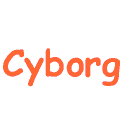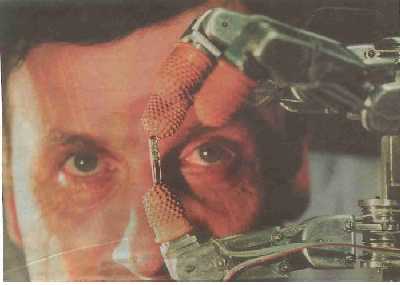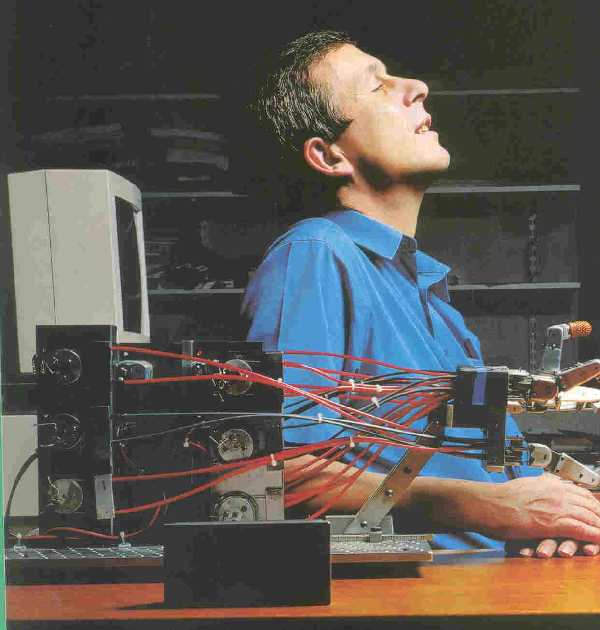



Originally, "cyborg" denoted a "life form created from the fusion of organic and machine systems" for the purpose of space travel (Taylor 76). The first cyborg was created by Australian NASA research scientist and American clinical psychologist Nathan Kline in the 1960s (Taylor 77). They implanted "a pump under the skin of a mouse" where "the pump continuously and independently injected the mouse with chemicals" (Taylor 77). This groundbreaking experiment soon became the most popular subject in the science fiction press and the Zoology field. It appeared to be a topic of mixed genres: both the high culture genre and the low culture genre.
In addition, the idea of the cyborg also defies "the distinction between human and machine, challenged fixed boundaries and binary dichotomies" (Taylor 77).
Arthur Kroker, in Data Trash: The Theory of the Virtual Class, invoked the cyborg in his notion of the "recombinant sign, the postmodern subject of pan-capitalism that, called forth by an economy of total cultural commodification, serves as the site of commodity production" (Taylor 77).
Nowadays, cyborg is constantly defined as "a postmodern subject characterized by shifting, multiple and ironic ontologies" (Taylor 76).
There are still many cyborg projects undertaken by scientists and researches of different academic institutions all over the world, such as the Project Cyborg 2001 conducted by the University of Reading in Britain.
Many feel that the development of the cyborg has laid the groundwork for many virtual pet projects and will continue to influence the development of virtual pets now and in the future.
See bibliography for photo credits.
Project Cyborg 2001:
Left to right: (1) Silicon chip transponders for cyborg. (2) Chip Insertion. (3) Pain signals transmit to the brain in the experiment. (4) The implant chip.



Go see other flying postmodern virtual pets...